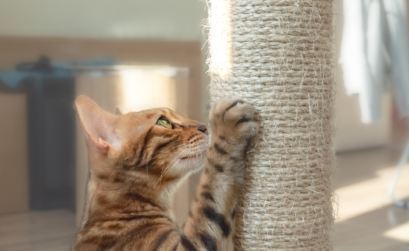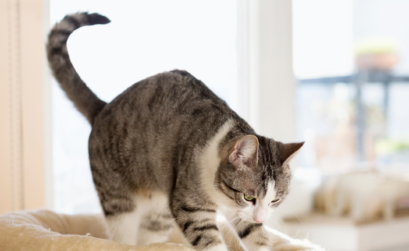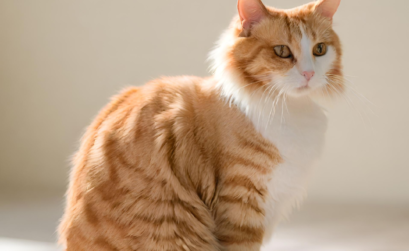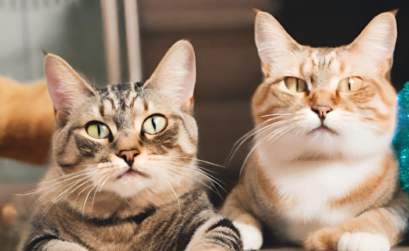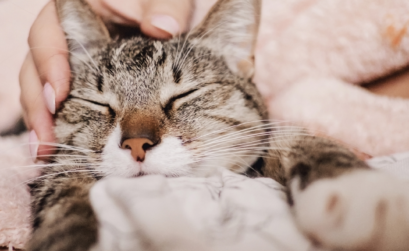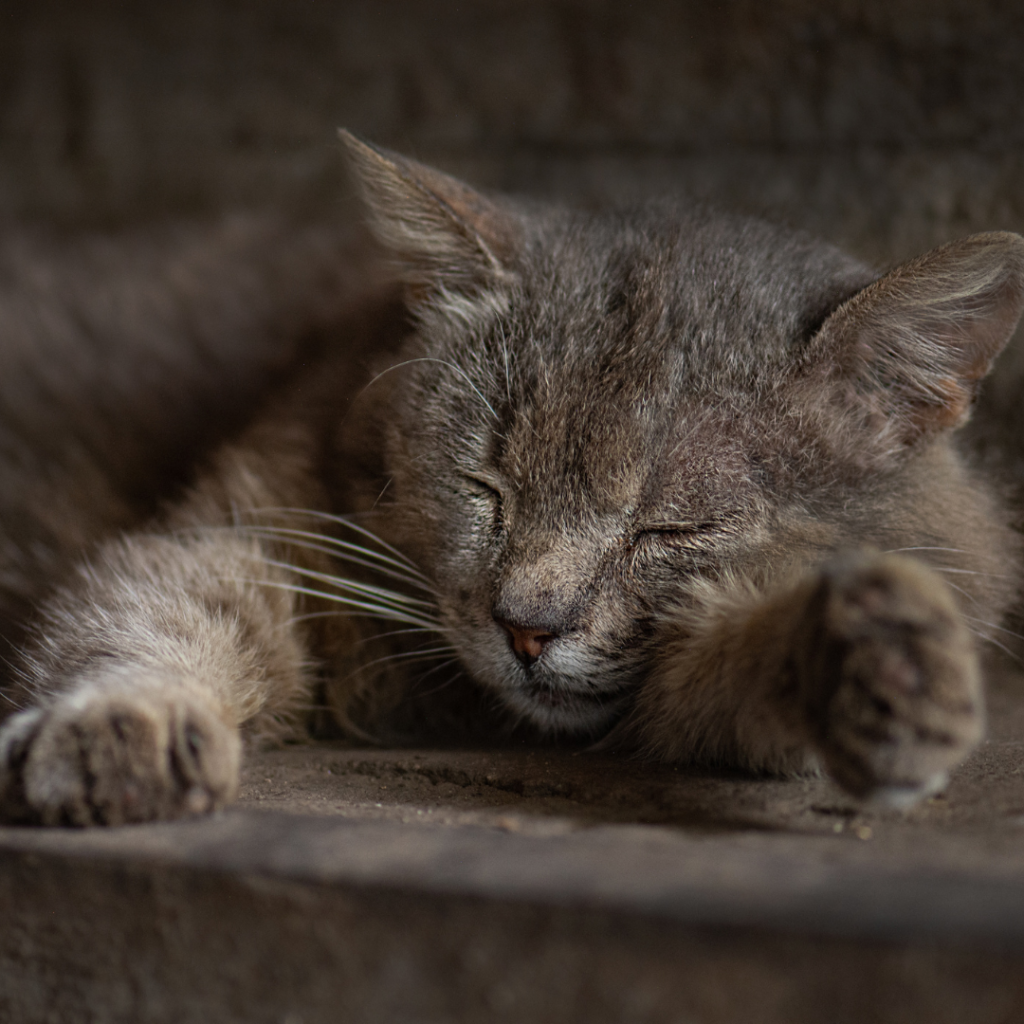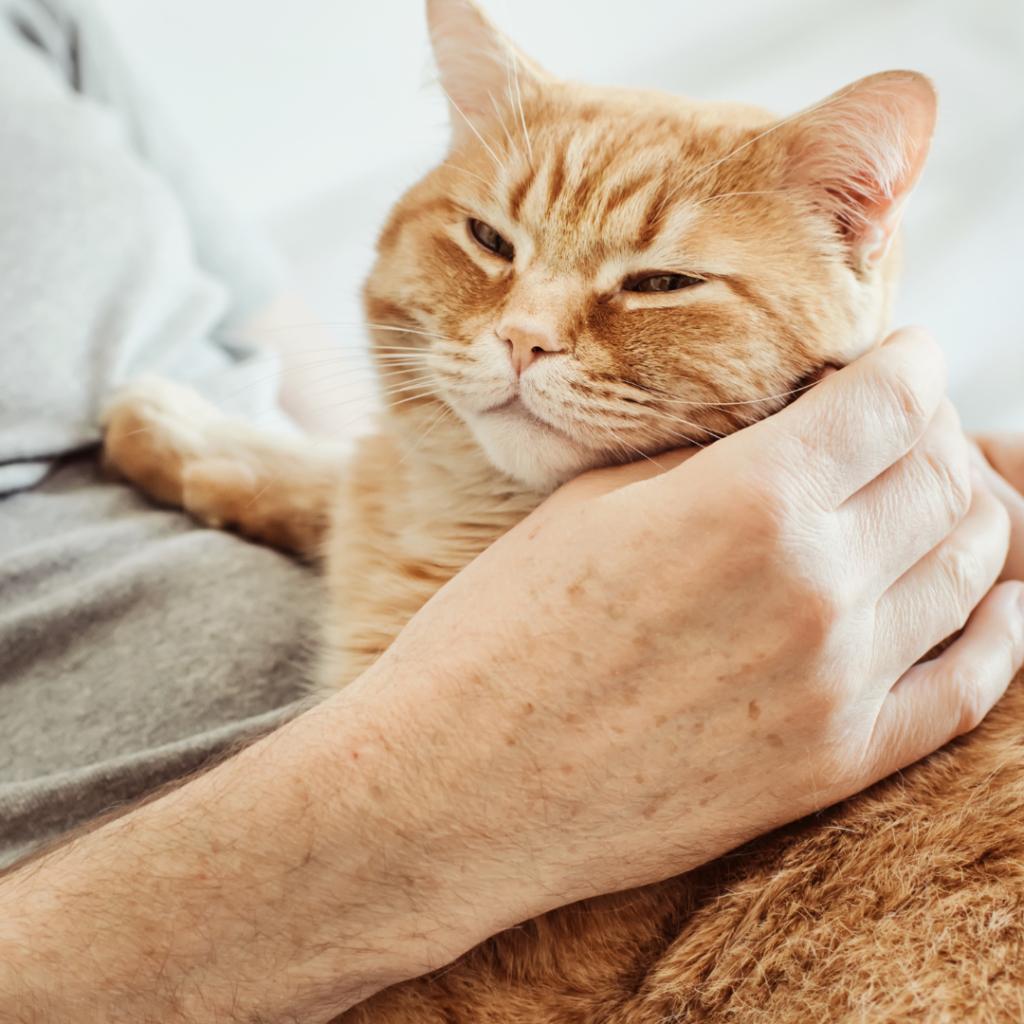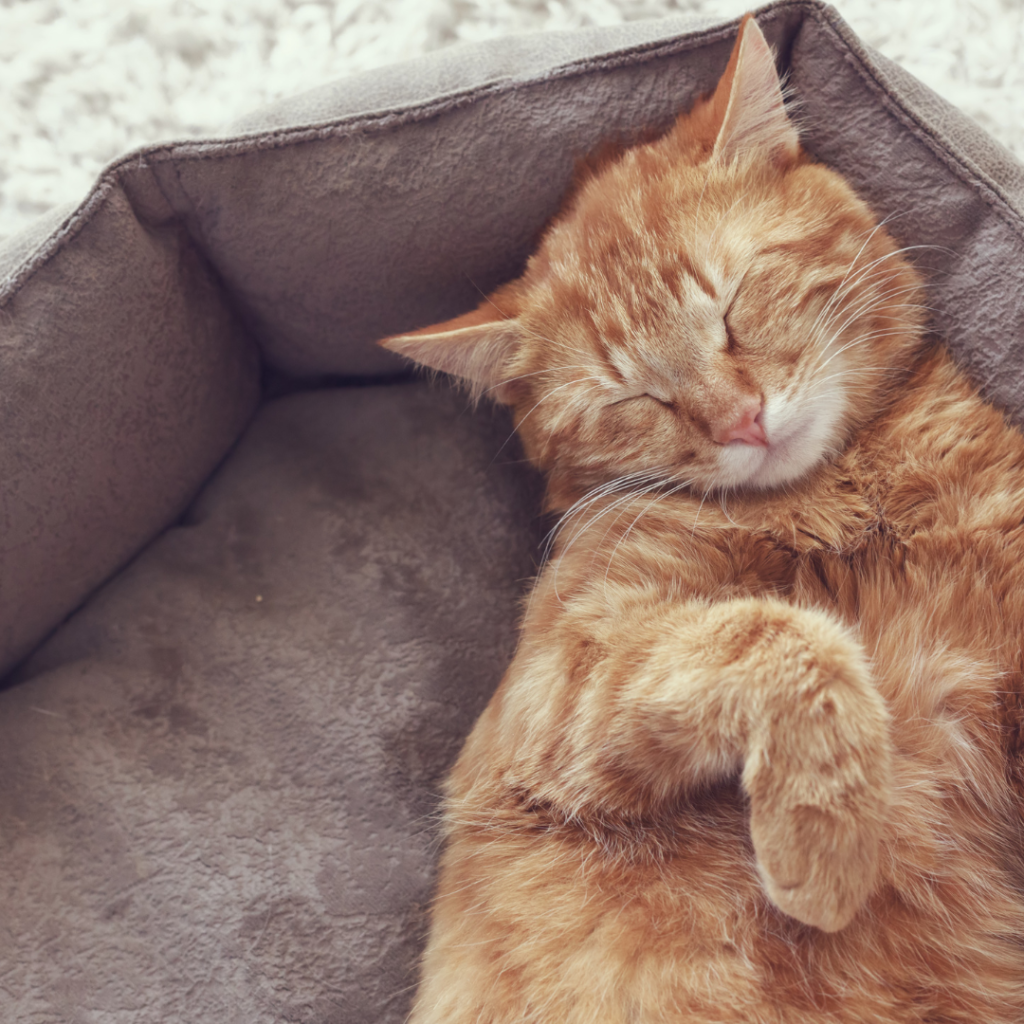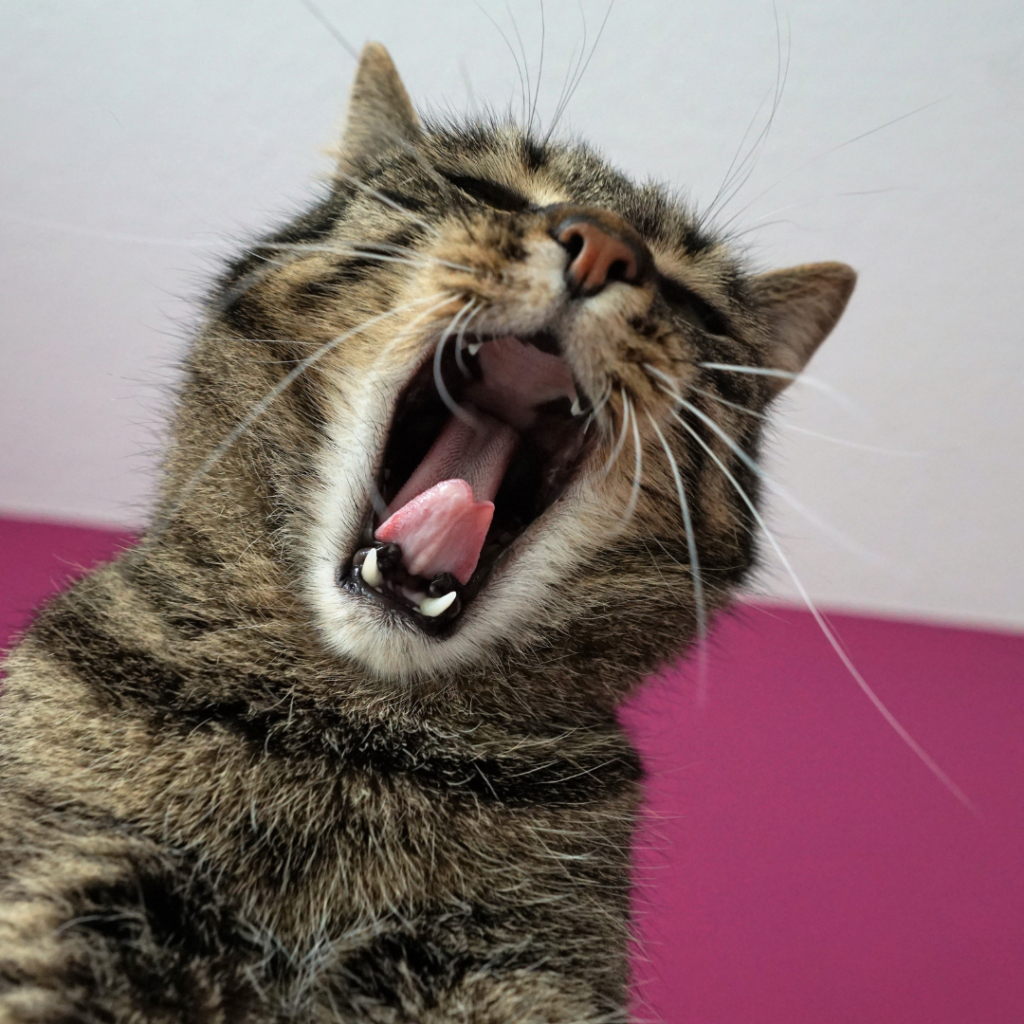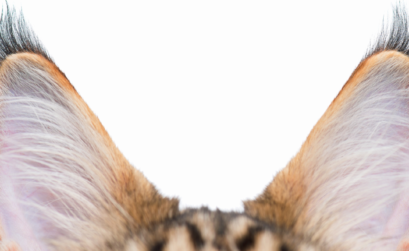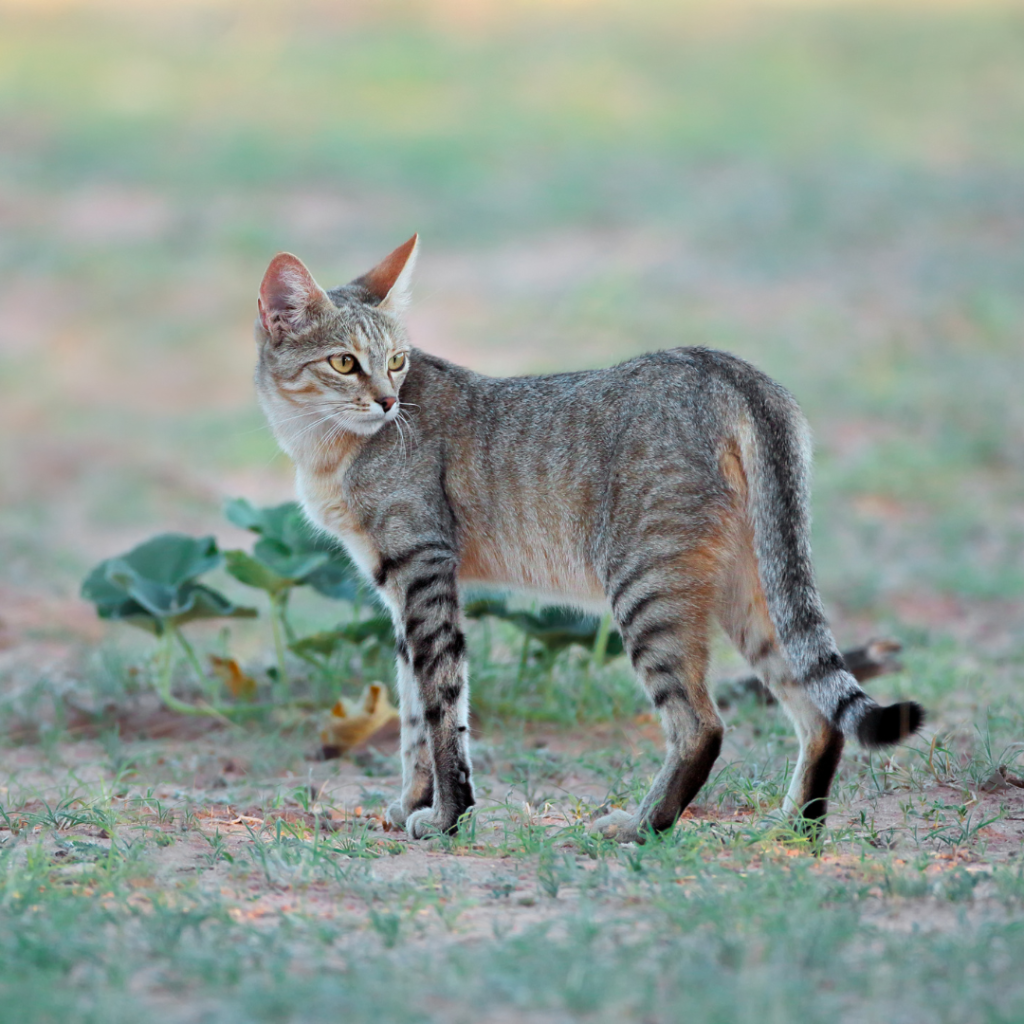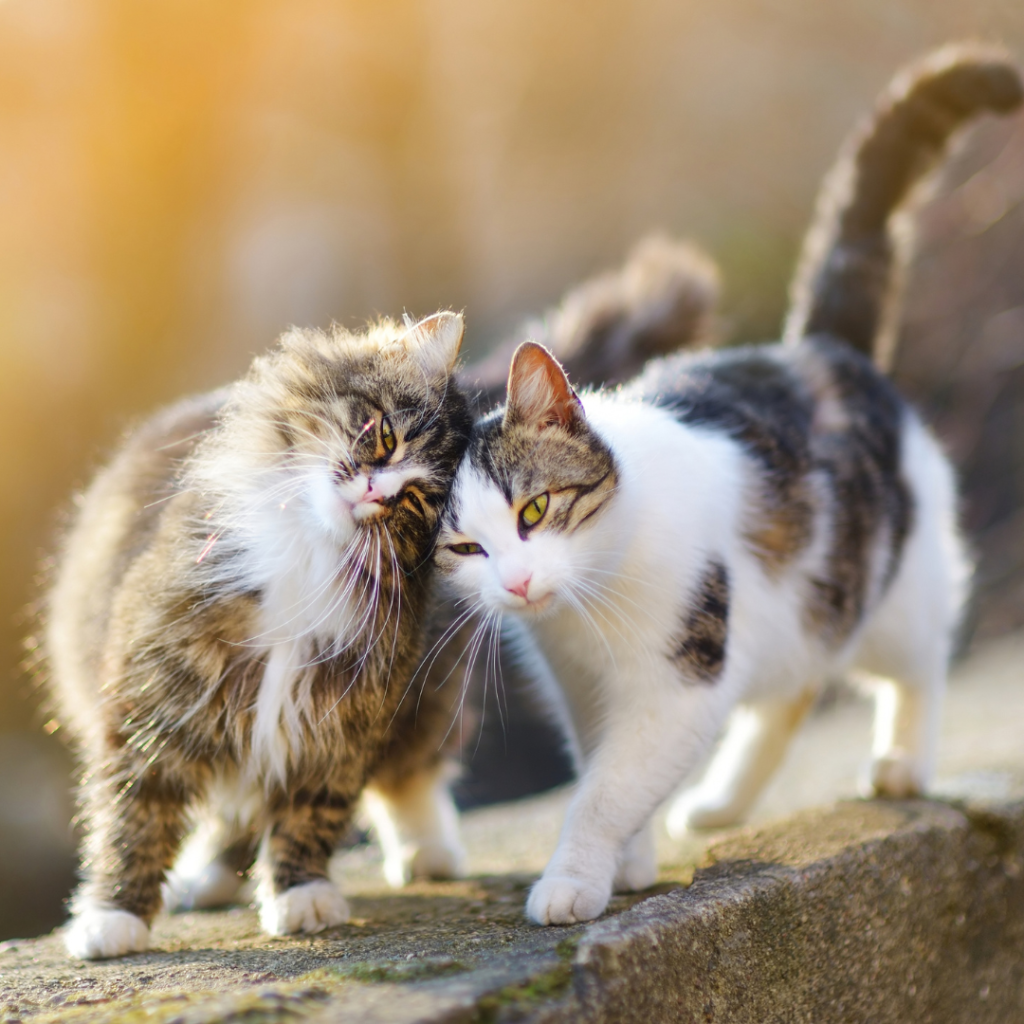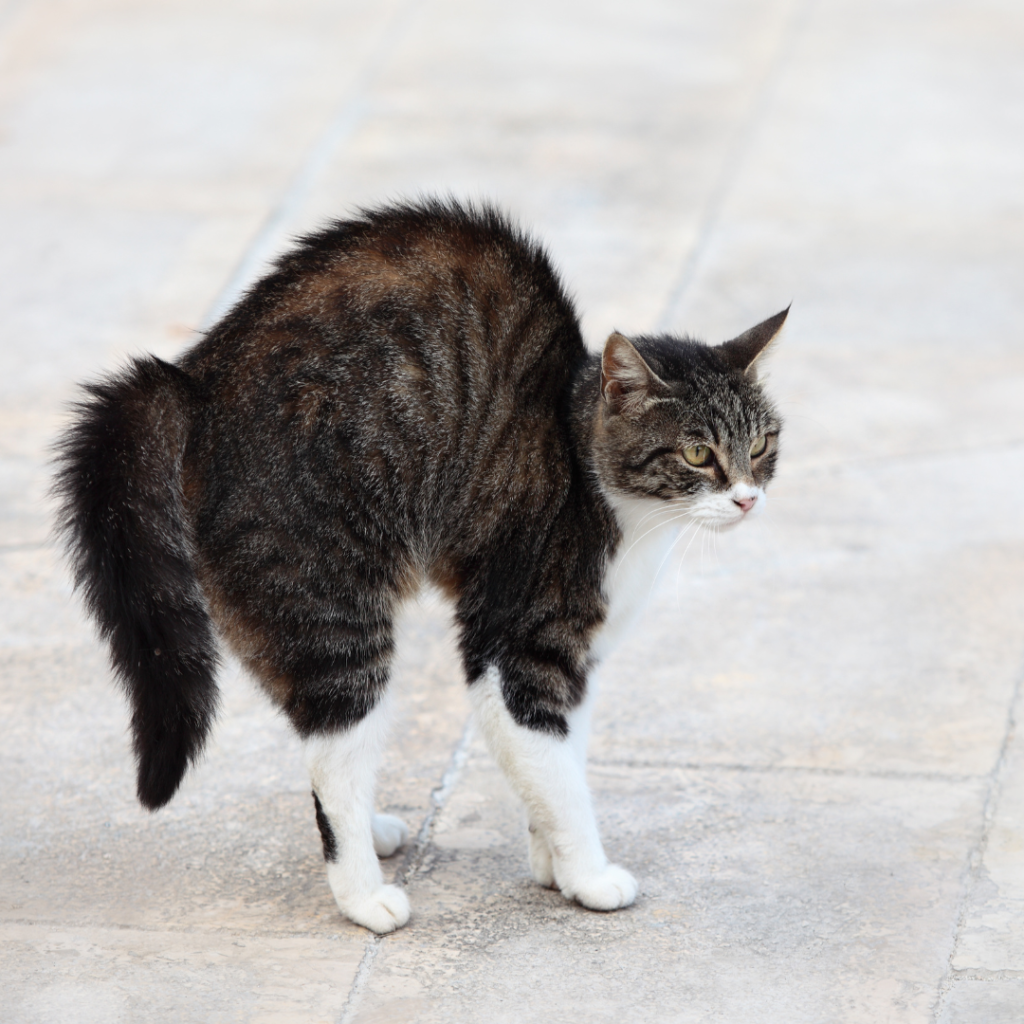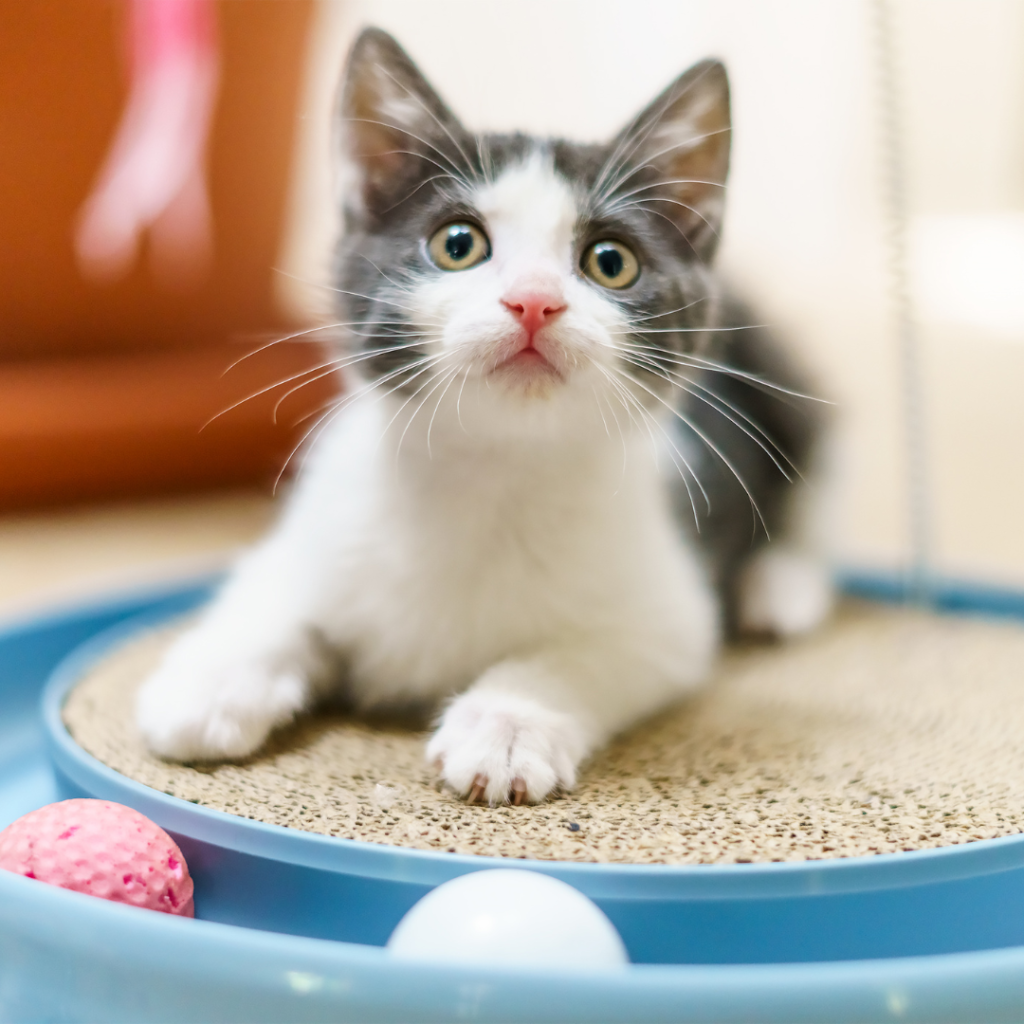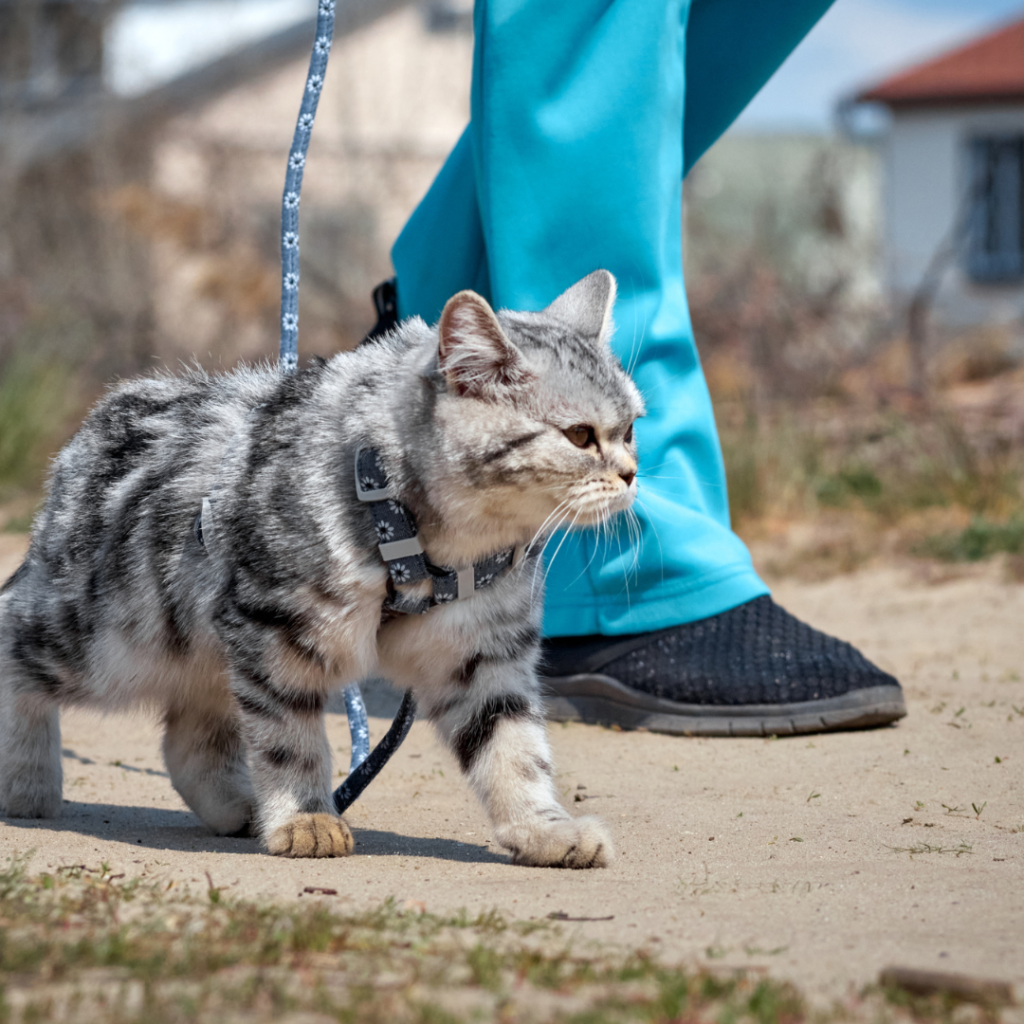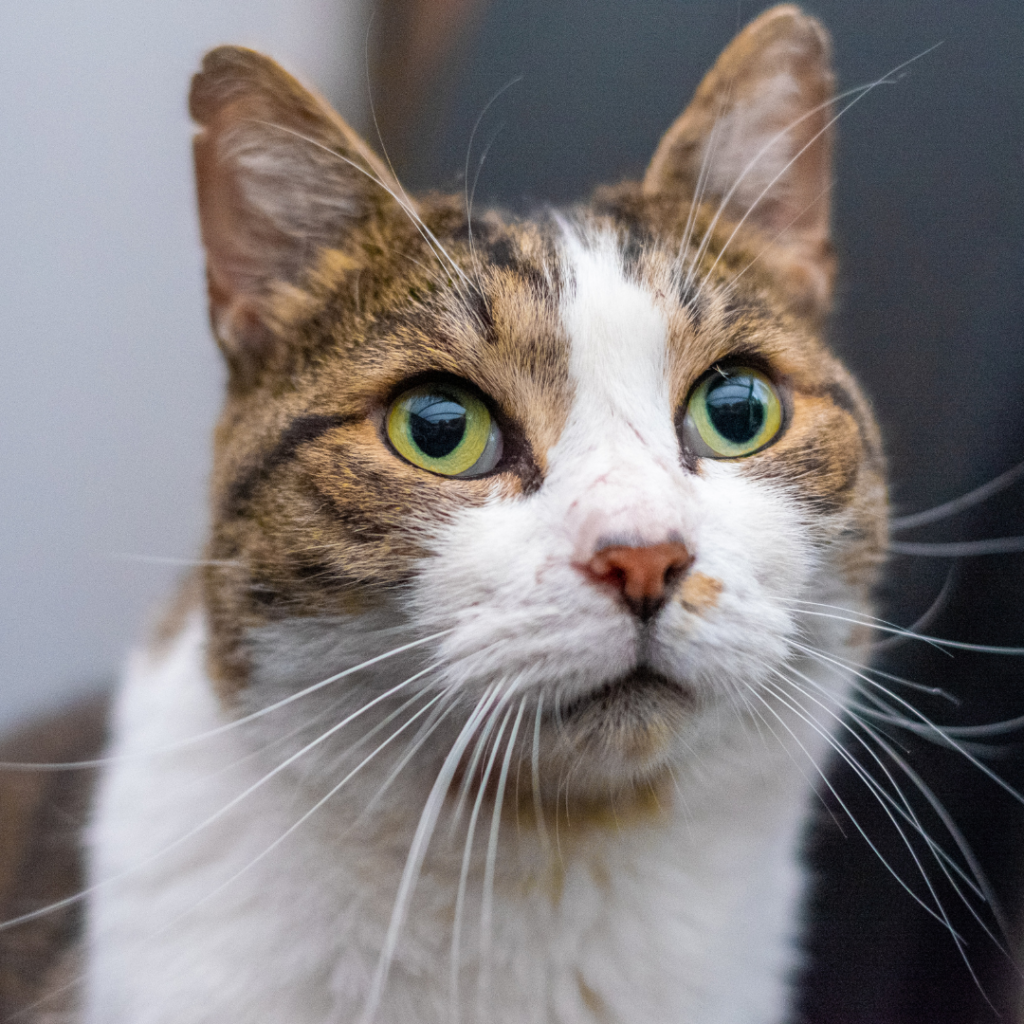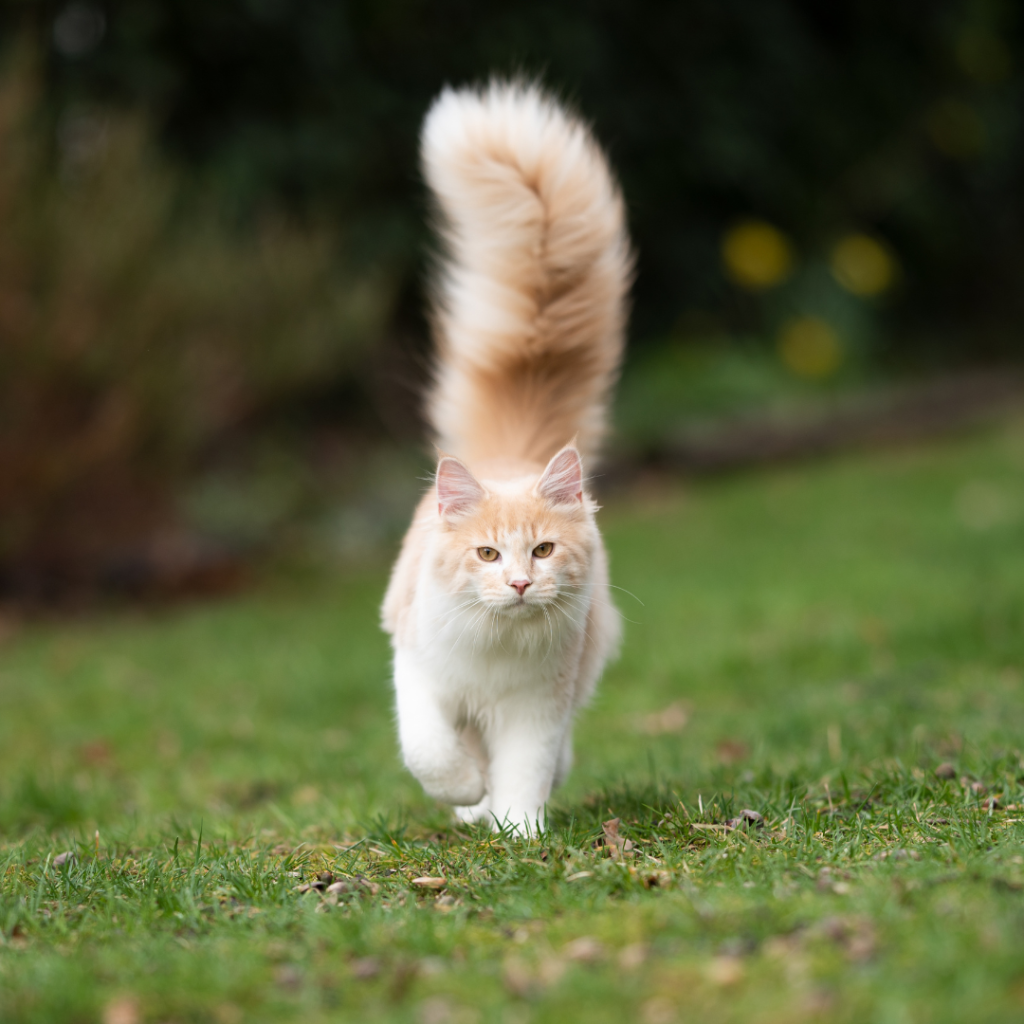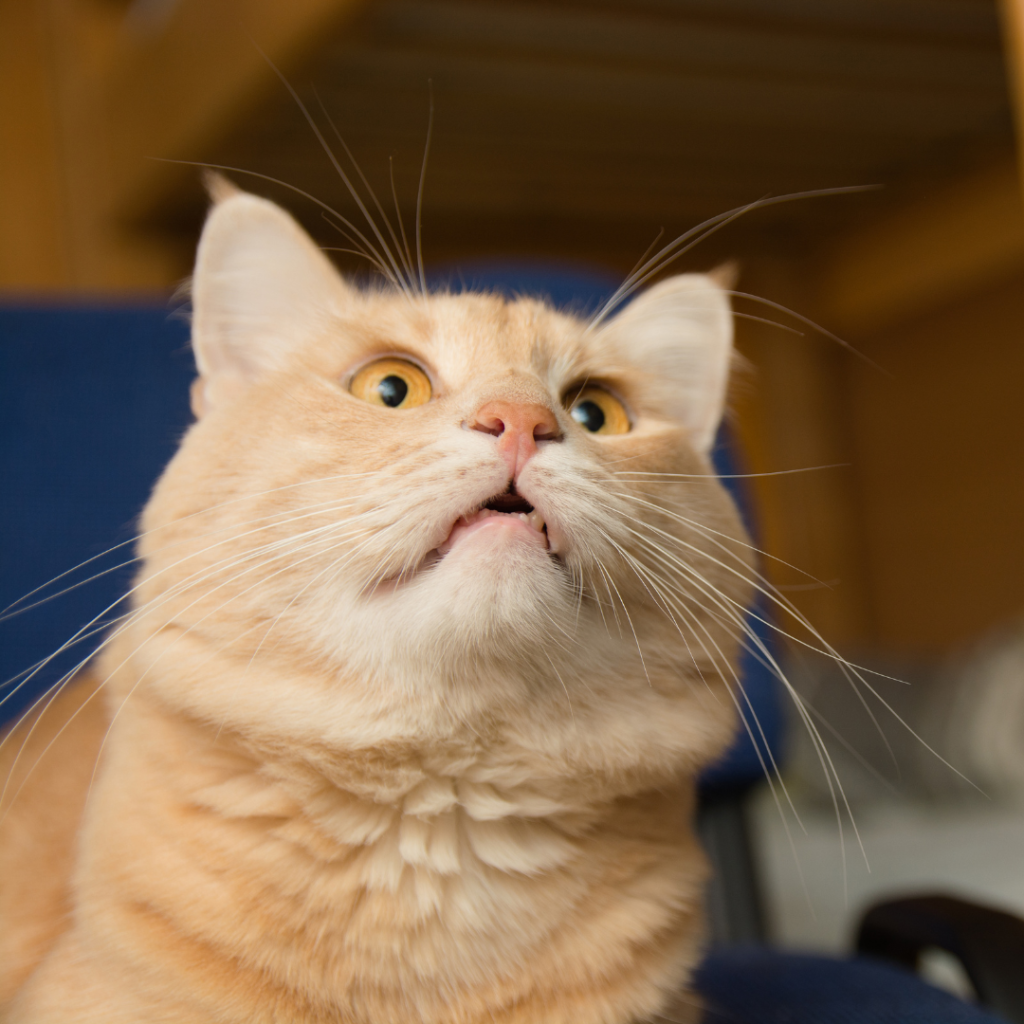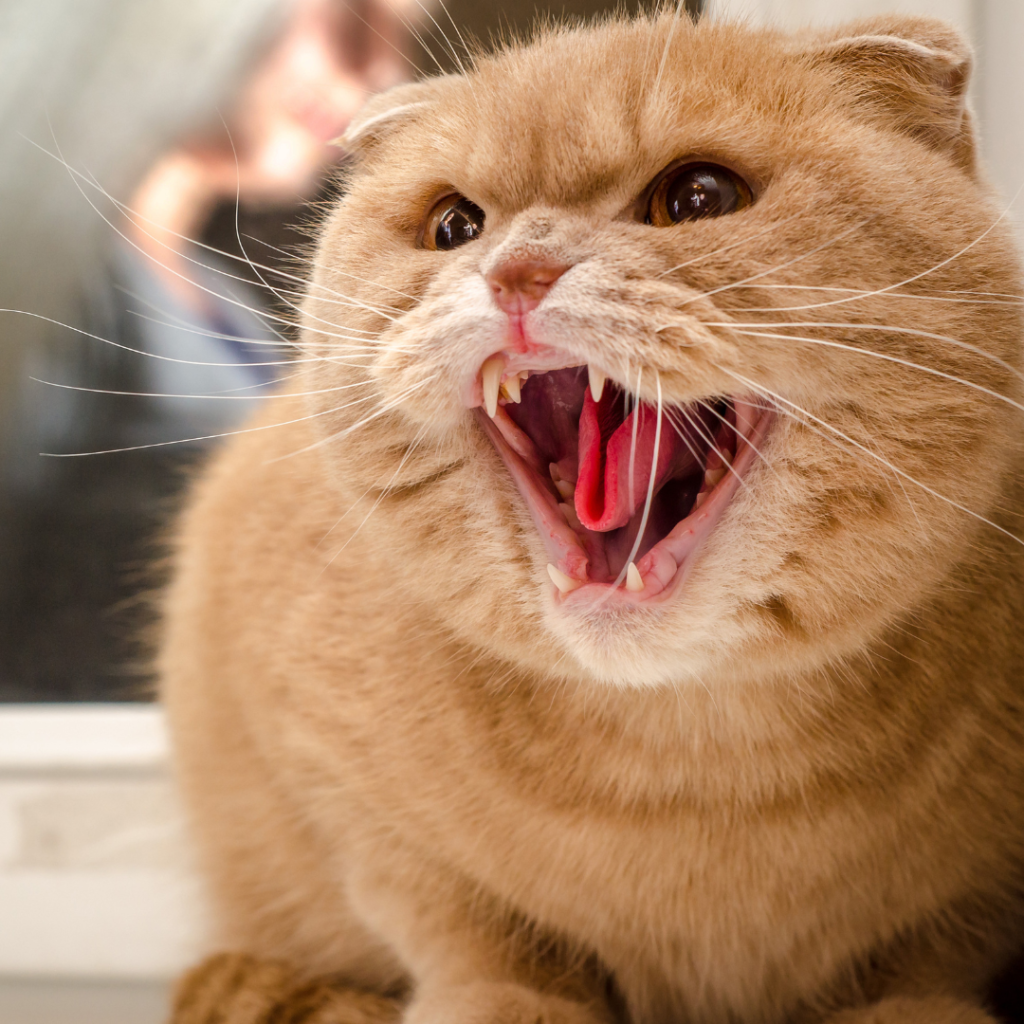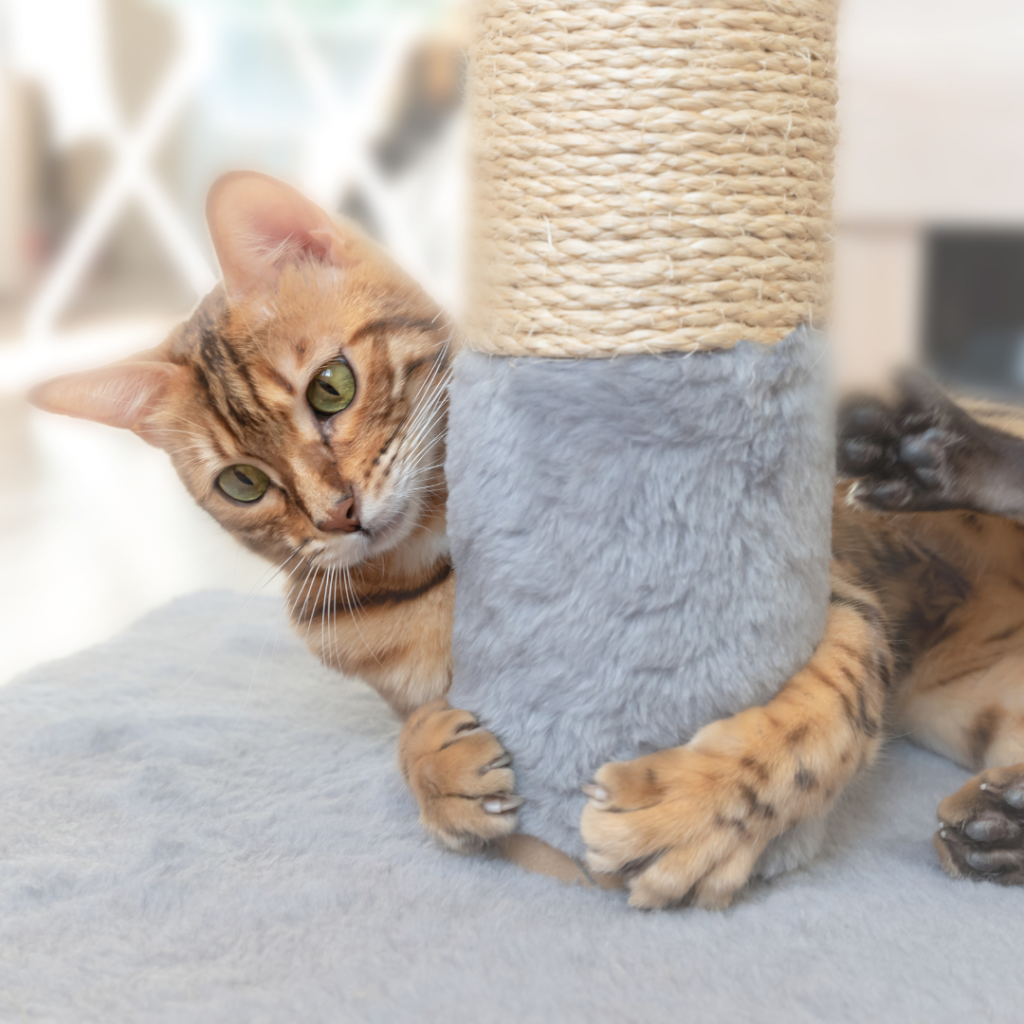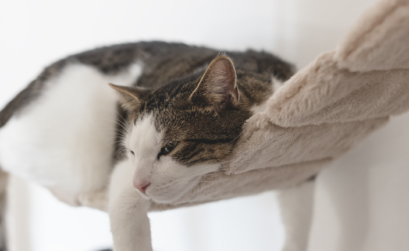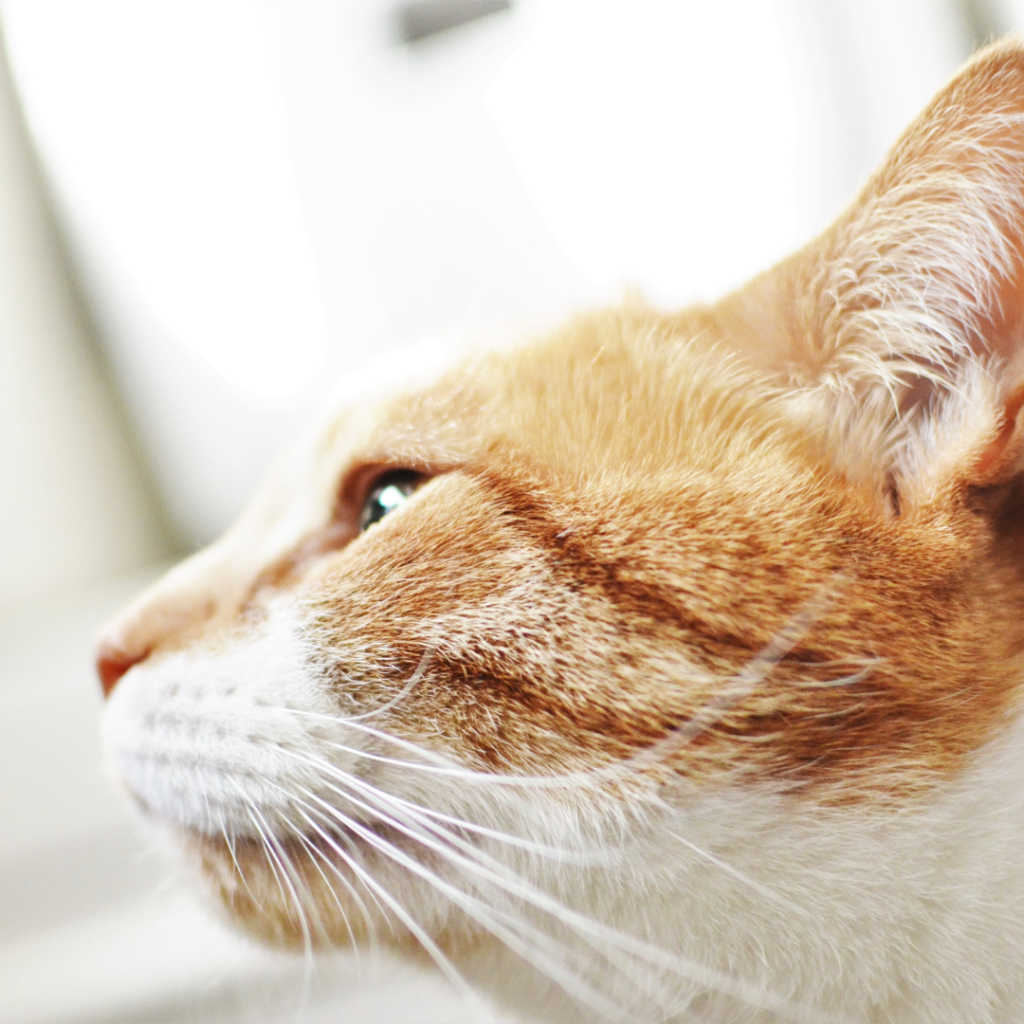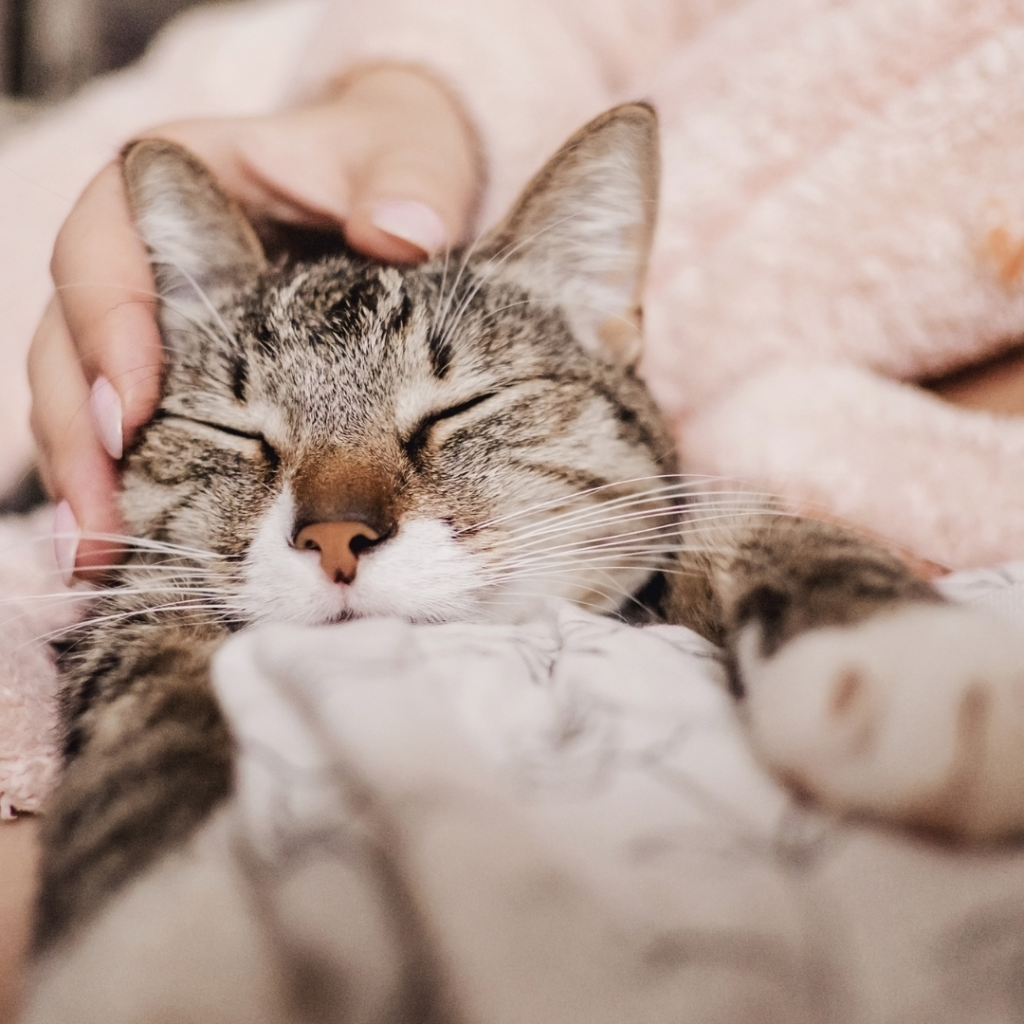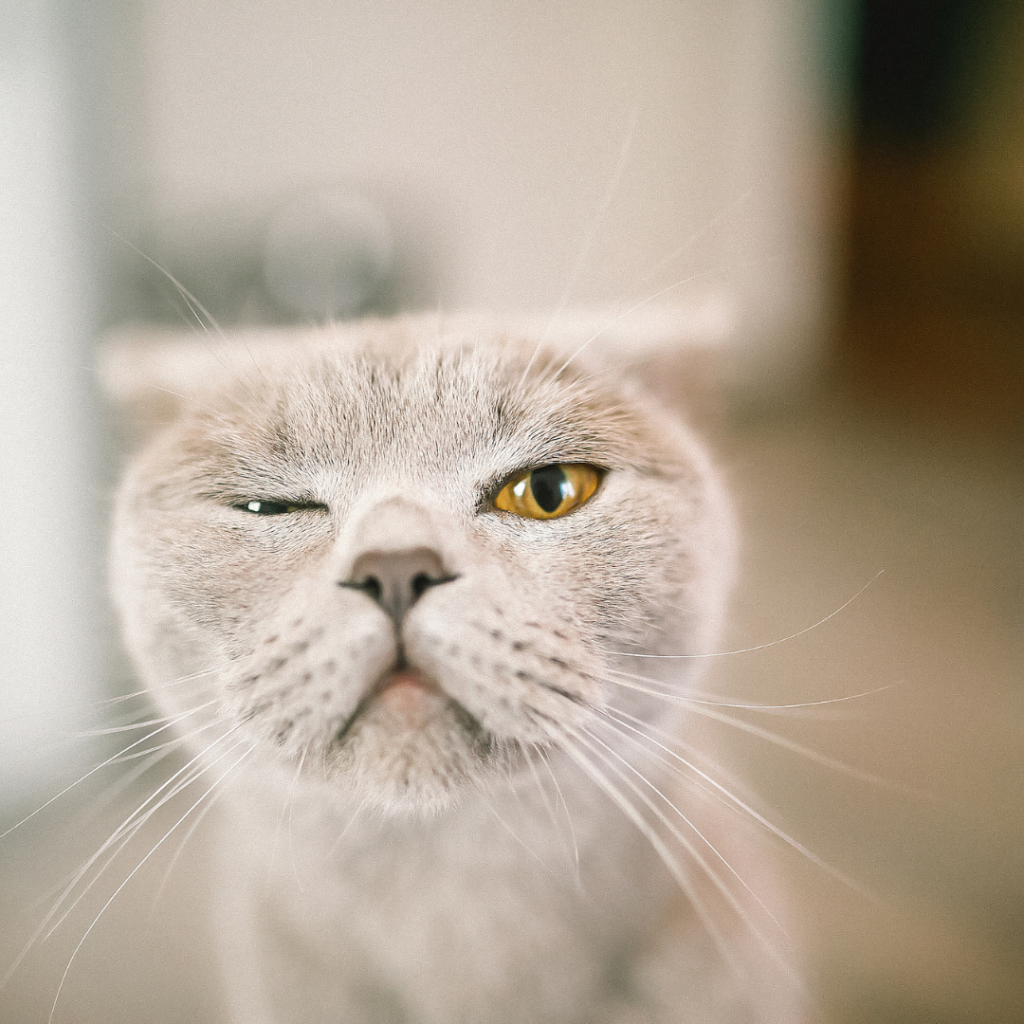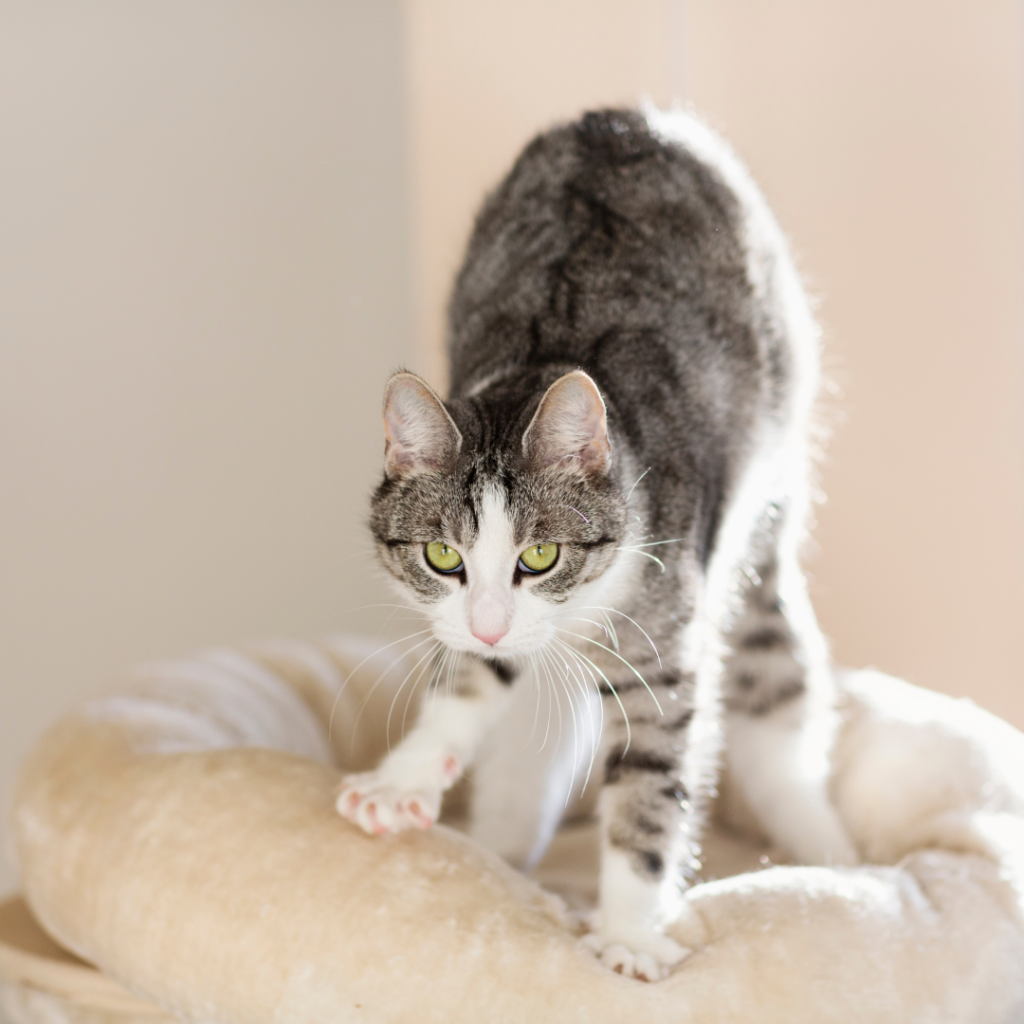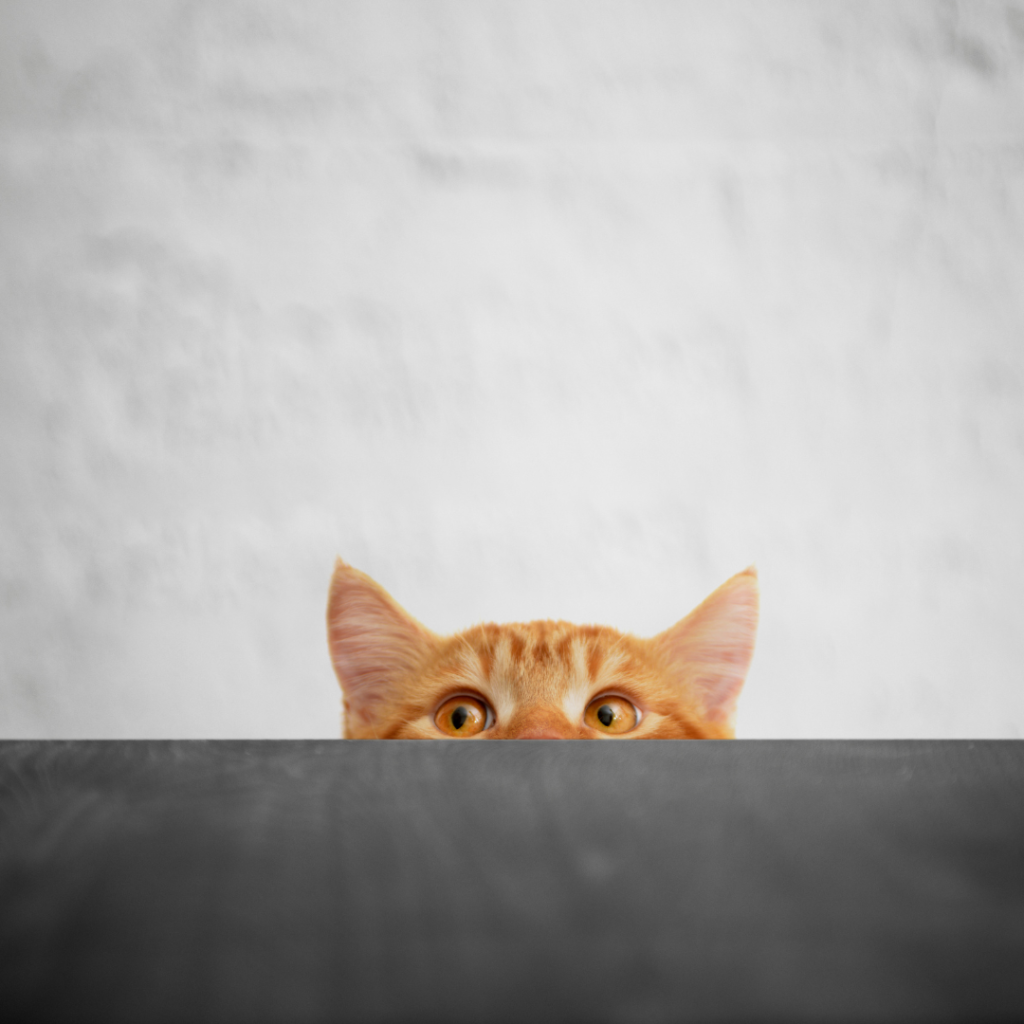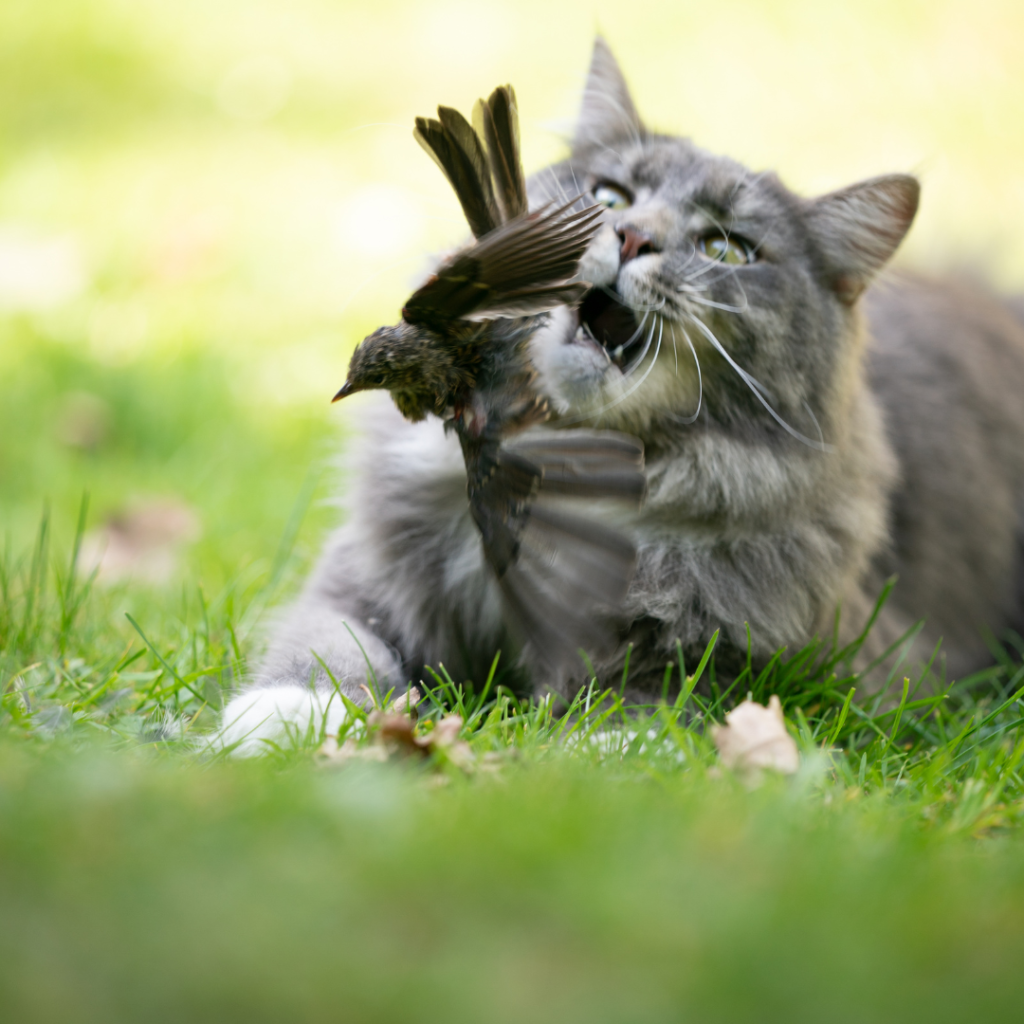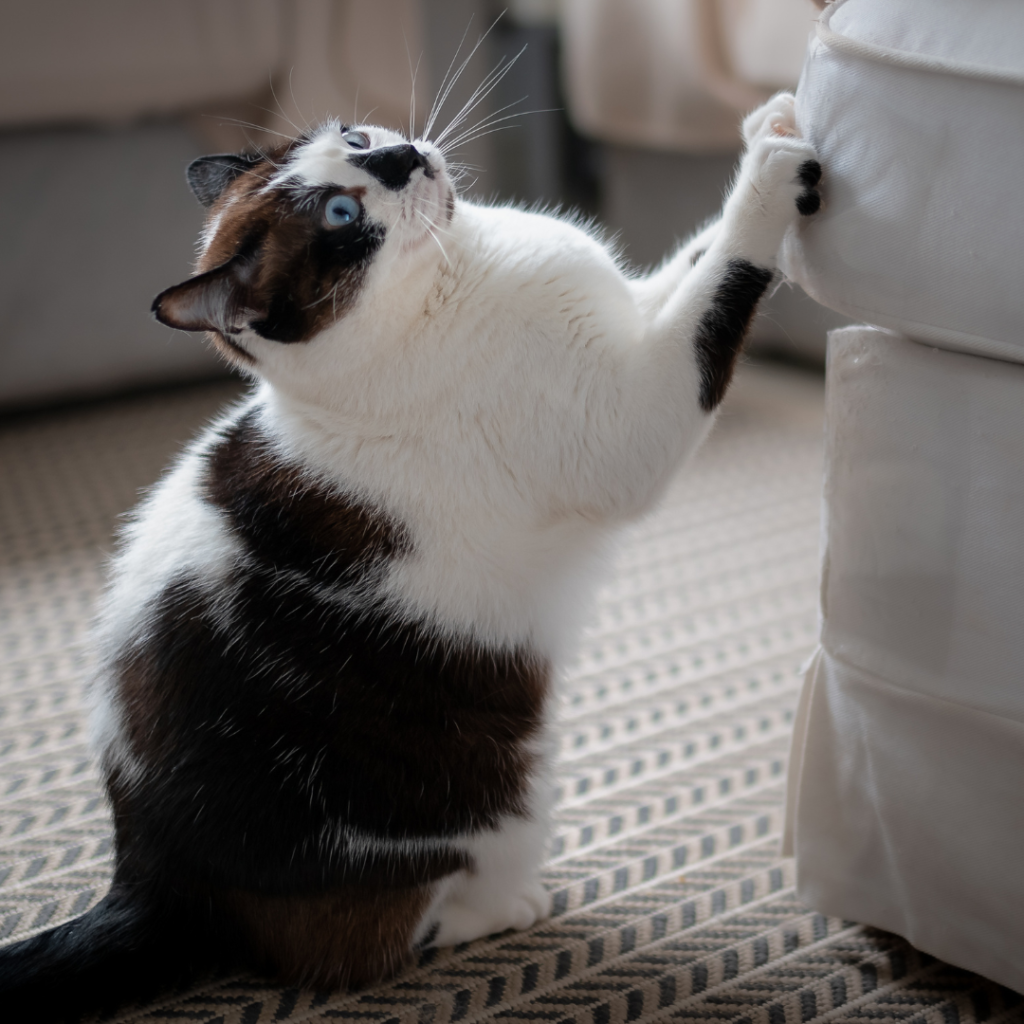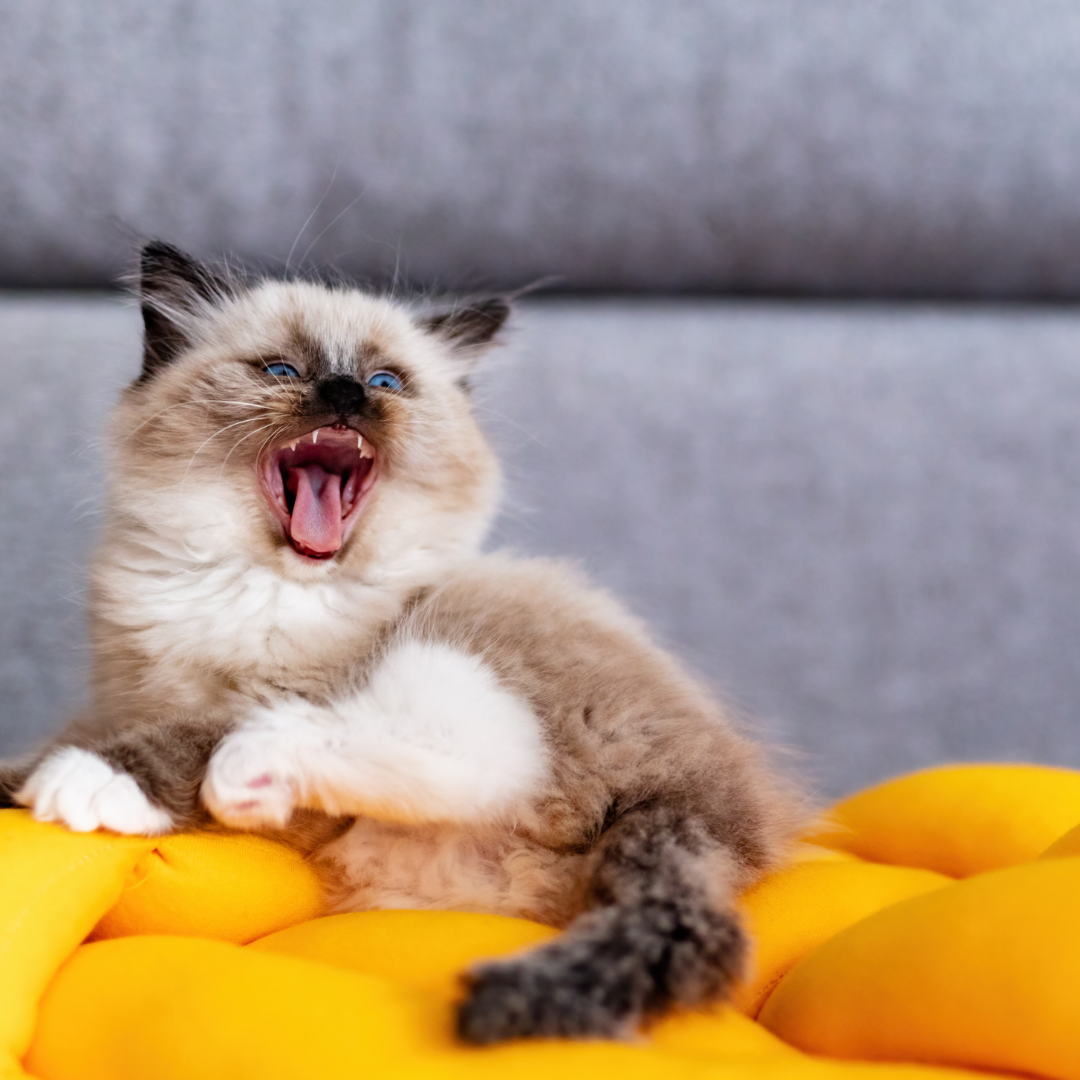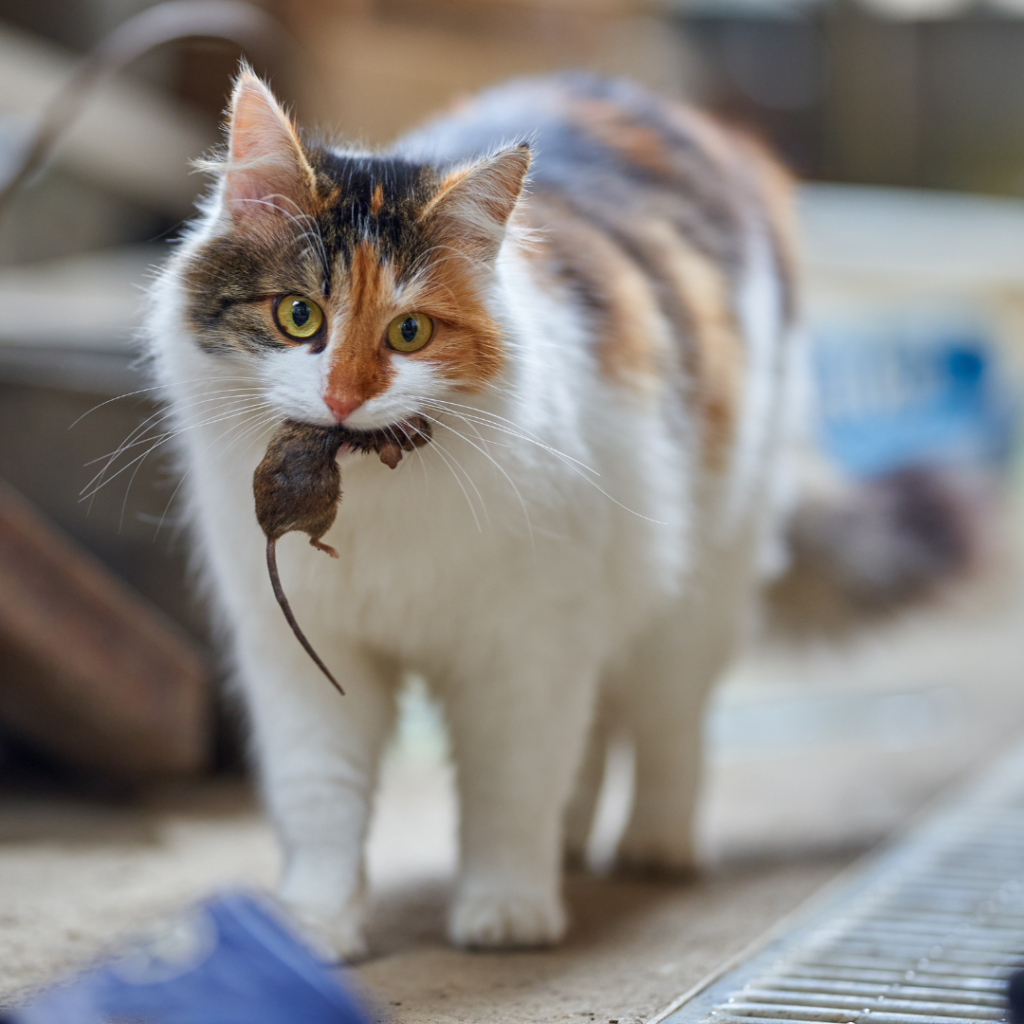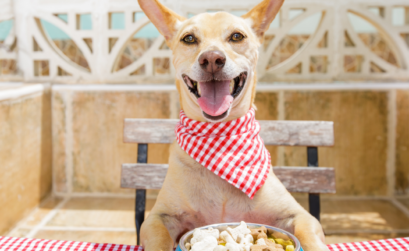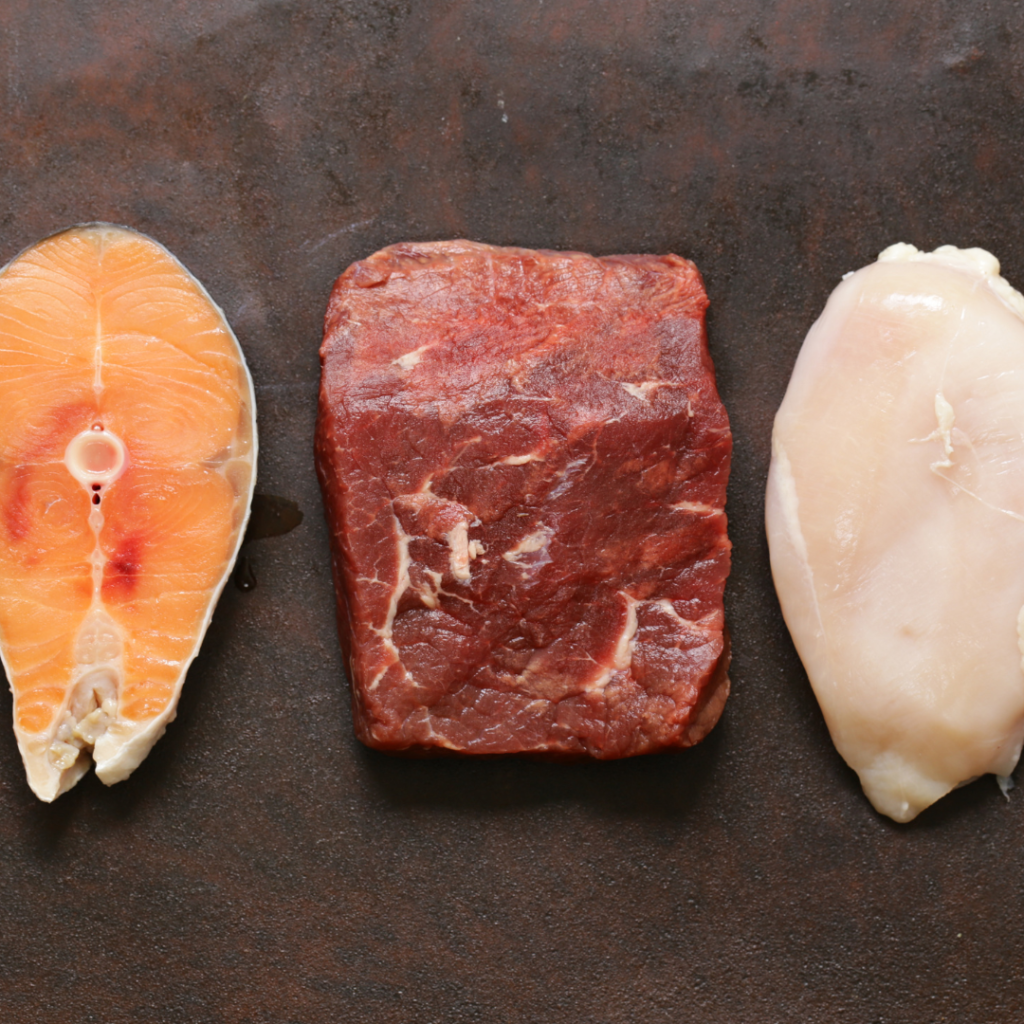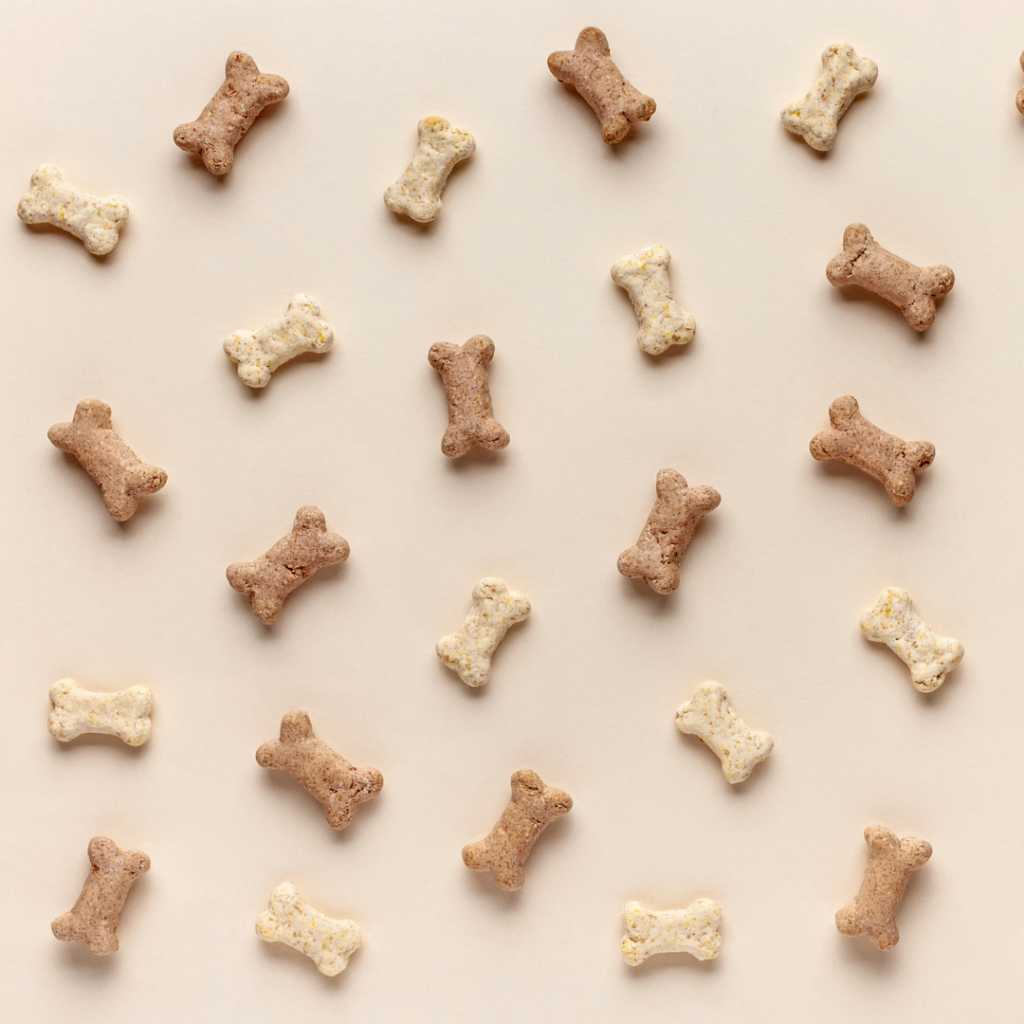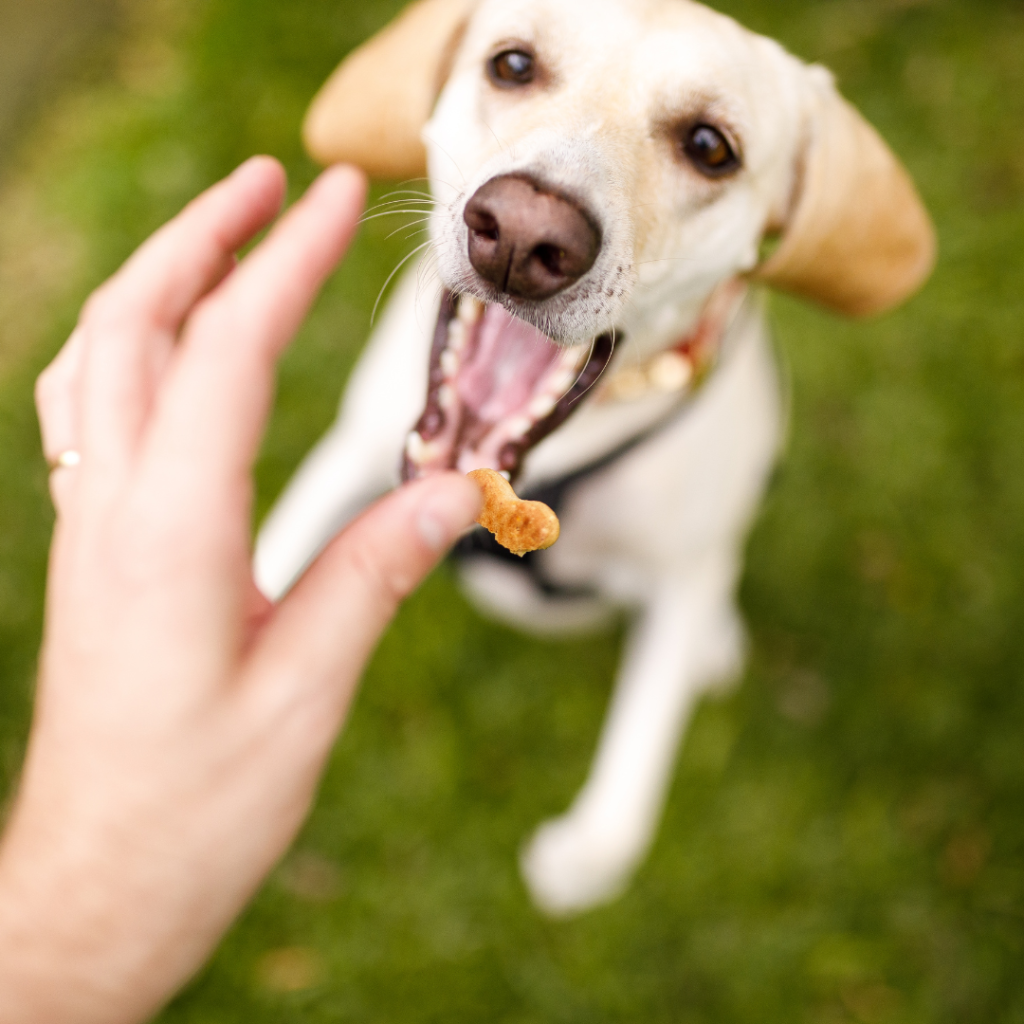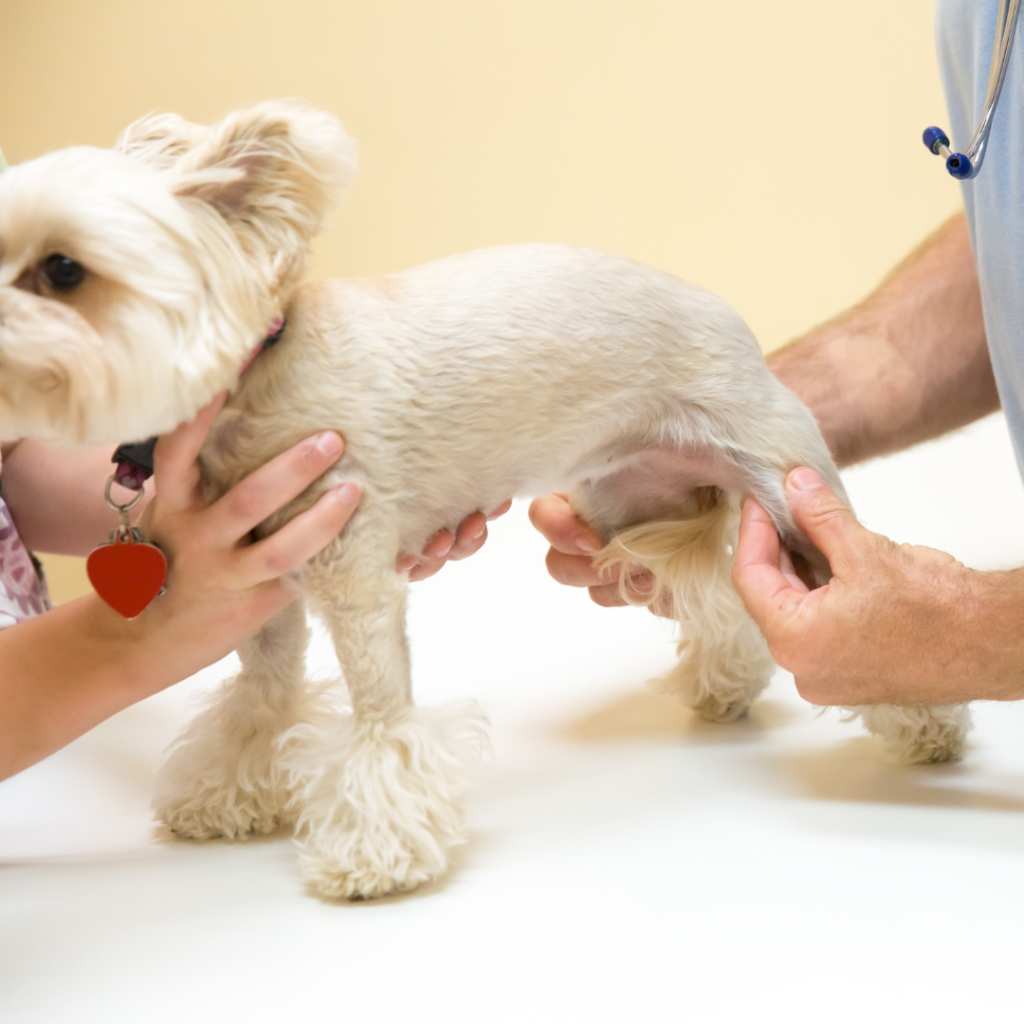Scratching Behavior, Decoding the cats Language of Marking and Comfort
Embark on a fascinating exploration into the world of cats behavior as we unravel the intricate language of scratching. In this exploration of “Scratching Behavior,” we delve into the reasons behind this instinctive cat activity, gaining insights into the multifaceted roles of marking, communication, and the essential comfort that scratching provides for cats.
Instinctive Marking and Territory
Scratching is a deeply ingrained instinct in cats, serving as a method of marking territory. When your cat scratches, they leave both visual and olfactory cues, marking their domain with scent glands located in their paws. This territorial marking is a fundamental aspect of cat communication.
Stretching and Exercise
Beyond marking territory, scratching is a natural form of stretching and exercise for cats. The act of extending their claws and engaging in a scratching motion allows cats to stretch their muscles, promoting flexibility and maintaining joint health. Scratching posts and pads provide an outlet for this essential cat activity.
Emotional Well-Being
Scratching is linked to a cat’s emotional well-being. The physical act of scratching releases endorphins, providing a sense of comfort and pleasure for the cat. It serves as a therapeutic activity that contributes to their overall happiness and contentment.
Communication Through Visual Marks
The visual marks left by scratching communicate important information to other cats. These marks act as a form of non-verbal communication, signaling to other cats about the resident cat’s presence, status, and the boundaries of their territory. It’s a silent language that helps prevent conflicts in the cat’s world.
Stress Relief and Calming Effect
Cats may scratch more during times of stress or anxiety. Scratching provides a physical outlet for emotional tension, offering a cathartic and stress-relieving activity. Providing appropriate scratching surfaces can help channel this natural behavior in a positive and non-destructive manner.
Selective Scratching Surfaces
Cats have preferences when it comes to scratching surfaces. Some cats may prefer vertical surfaces, while others may favor horizontal ones. Understanding your cat’s preferences and providing a variety of scratching posts or pads allows them to express their natural behavior in a way that suits their individual tastes.
Scratching as Grooming Behavior
Scratching isn’t solely a territorial or marking behavior; it also serves grooming purposes. Cats may scratch to remove the outer sheath of their claws, keeping them healthy and sharp. This self-maintenance aspect of scratching contributes to a cat’s overall hygiene.
Positive Reinforcement and Training
To redirect scratching behavior, positive reinforcement is key. Provide enticing scratching surfaces and reward your cat when they use them. Avoid punishment for inappropriate scratching, as it may lead to stress and anxiety. Instead, create a positive association with the designated scratching areas.
In conclusion, “Scratching Behavior” unveils the layers of cats’ communication and well-being intertwined with this instinctive activity. By understanding the roles of marking, stretching, and emotional comfort, you can foster a supportive environment that allows your cat to express their natural behaviors in a way that enhances their overall happiness. Here’s to the intricate language of scratching and the joyful, healthy cats it signifies! 🐾✨
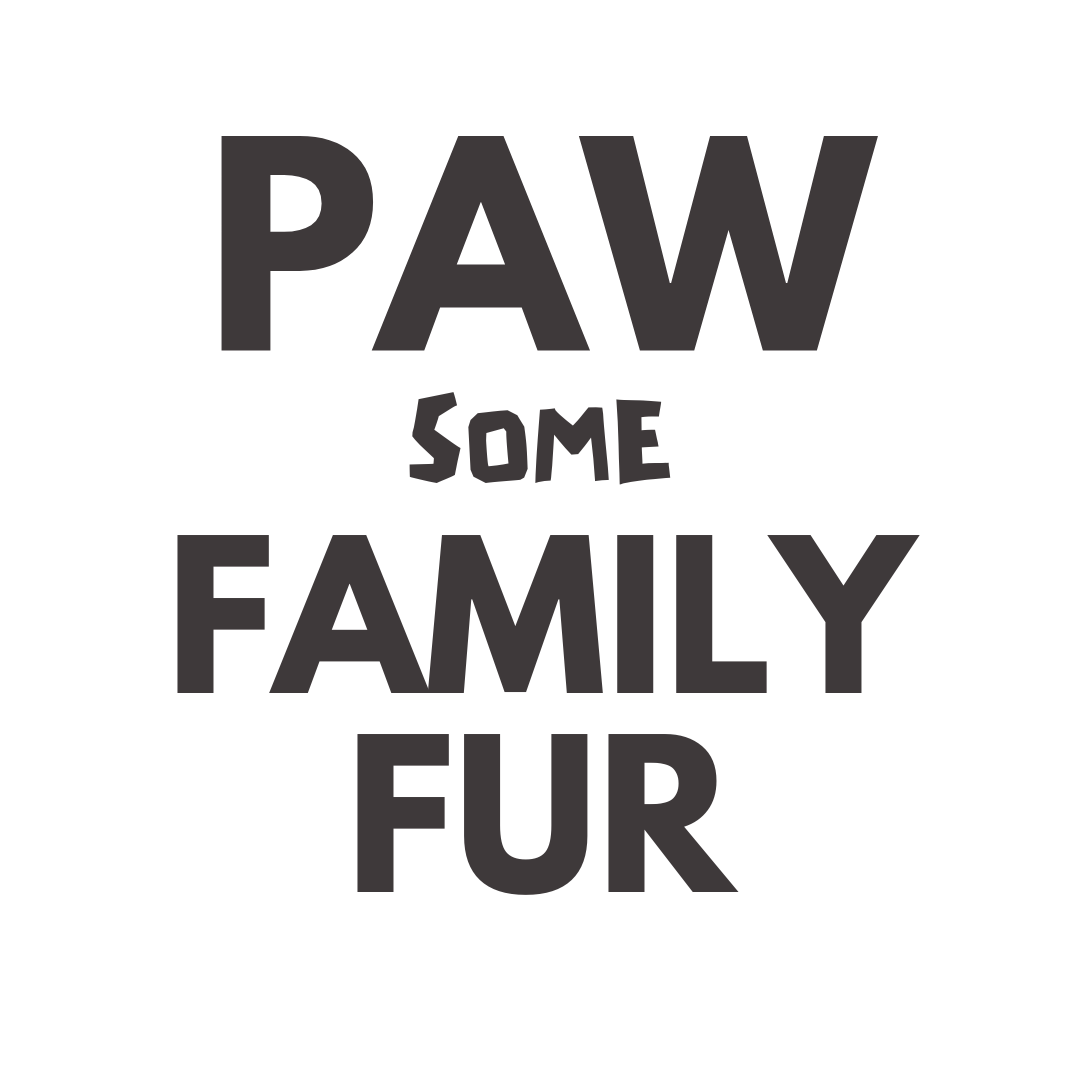
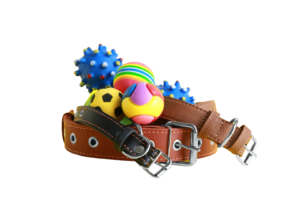
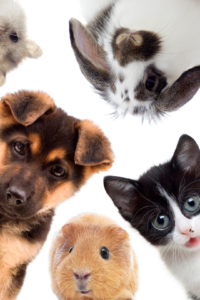 Hi to everyone.
Hi to everyone.
